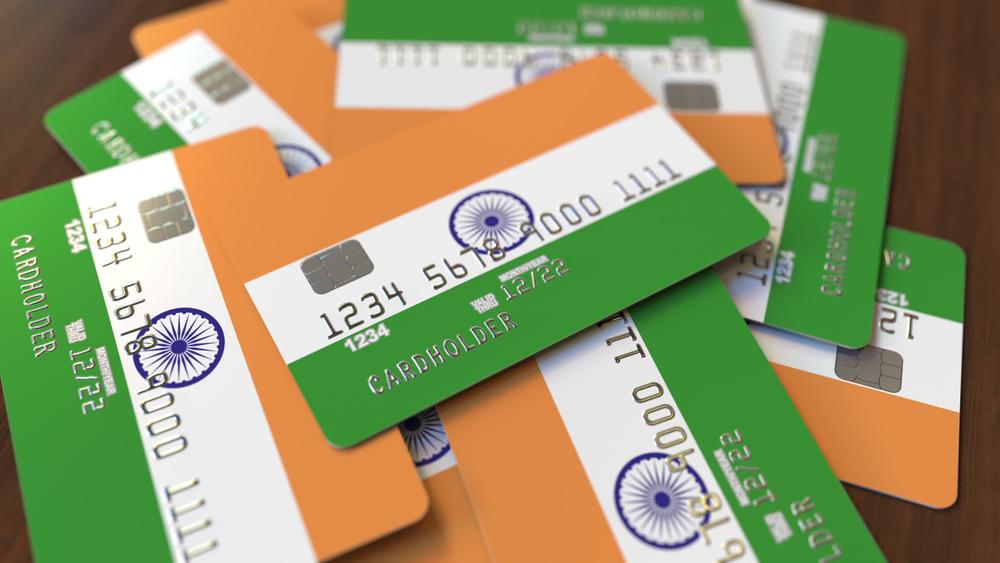Our Republic Turns 71: Has Our Credit Sector Kept Pace?
Reviewed by: Fibe Research Team
- Updated on: 10 Apr 2023
Reviewed by: Fibe Research Team

They say the concept of credit is as old as humanity itself; coming into existence even before the concept of money did. The concept of formal credit, however, is a little more recent. On the occasion of the Indian Republic turning 71, we trace the history of the Indian credit sector, and see how it has evolved into what it is today.
According to several early texts, money lending has been around in India since the Vedic period. However, the first texts to mention a systematic lending system were Kautilya’s texts of the Mauryan age. The scriptures mention loan deeds prevalent during the period. Later, during the same period, an instrument called adesha is mentioned, which was quite close in its application to the modern bill of exchange. During this period, merchants are also recorded as giving letters of credit to each other. In addition to these instruments, there is evidence of the use of barattes, which were payment orders by the royal treasuries, and Hundis, which had varied functions in different situations.
While there is evidence of systematic credit systems during the various periods in early Indian history, things changed completely when the British came into the picture. The formal banking system came with the colonisers. The first bank that came up under the British rule was the Union Bank of Calcutta, and several banks including Allahabad Bank and Punjab National Bank.
During the 20th century, the Indians started opening their own small banks to serve particular communities. Several banks were formed between 1906 and 1911 as part of the Swadeshi movement, including Bank of India, South Indian Bank, Bank of Baroda, etc. The Swadeshi movement also inspired the establishment of private banks in Dakshina Kannada and the Udupi district. All this served well to formalise the credit sector in India. But the major event that cemented our banking systems was the establishment of the RBI in 1935 to regulate lending throughout the nation.
The banking system before independence had been, for the most part, privately owned. When India finally gained her independence in 1947, however, the partition affected the economy adversely, especially that of Punjab and West Bengal. The newly formed government quickly sought to strengthen the economy by actively involving itself in the country’s economic affairs. One of the biggest steps towards the same was the establishment of the Banking Regulation Act, 1949, which empowered the RBI to regulate and control the Indian banks. Before the Act, RBI had few powers over our banking system. Most banks at that time were nationalized and highly rule-oriented. For a while after independence, the Indian public had quite a difficult time getting loans for any purpose.
The 1990s saw a paradigm shift in economic matters throughout the world. Globalisation and liberalisation caused India, too, to relax some of its rules. As our nation opened itself to the global economy, new private banks such as HDFC, ICICI and IndusInd were established. Lending and borrowing became faster and more efficient than before. However, getting a loan sanctioned was still a tedious task at that time. It would involve several trips to the bank, rushing around for copies of documents and hefty collaterals against the loans.
The sector is currently undergoing another paradigm shift, one as significant as that which was caused by the globalisation movement. The use and high prevalence of new technology is gradually making the process of lending and borrowing much simpler than it was before. Cryptocurrencies, blockchain and artificial intelligence are technologies which have contributed to this shift, but much more popular than all these sophisticated technologies, is the attractive prospect of getting a loan while sitting at home through instant loan apps. The advent of such services has been well timed, while the nation is seeing rapid growth in credit like consumer durable loans, which grew the fastest as recently as 2018.
The need for credit from the average Indian is visible across different metrics. Take credit cards. While debit card transactions doubled between FY 13-18, credit card transactions leaped ahead by a whopping 5 times. Apps like Fibe are gaining immensely in now, precisely because they have made it simpler than ever before to borrow.
Where several trips to the bank were once necessary in order to secure even a small loan, instant loan apps have made it possible to get personal loans with quick approval, effortlessly from the comfort of home. EarlySalary, which is one such app, offers personal loans of up to ₹ 2 lakhs made available instantly. Other loans offered include travel loans, shopping loans and education loans of up to ₹ 5 lakhs.
While there are many players in the instant loan sector, Fibe alone crossed the million customers mark recently. Clearly, the credit sector in India has evolved from a fairly informal system based on trust and few documents in Early India, to a rigid system with several rules governing it post-independence, to the quicker, more efficient digital system of modern times.